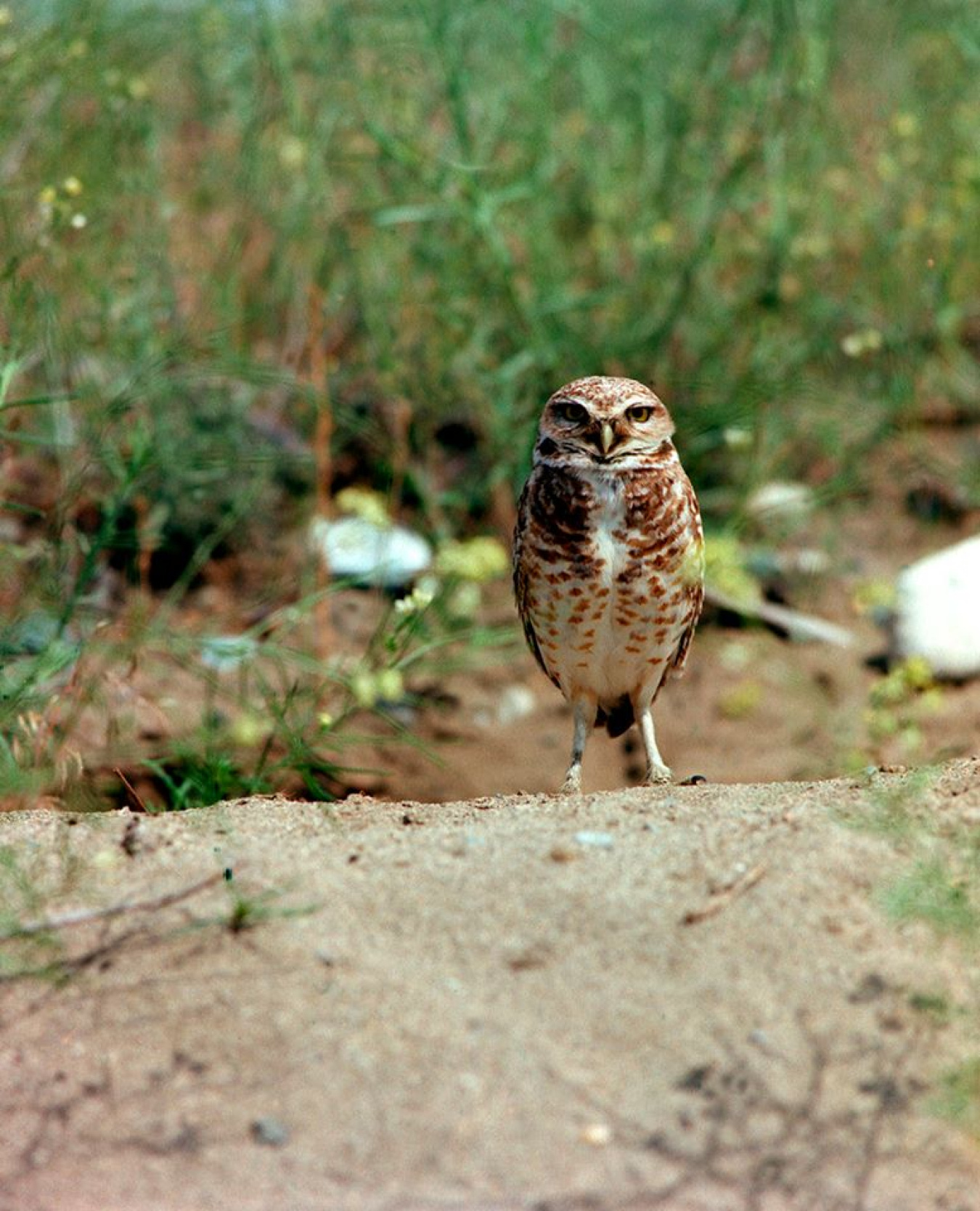A 64-percent reduction in active burrows — or homes — for burrowing owls, a candidate for listing as a threatened or endangered species in Washington
Office of Environmental Management
October 30, 2018RICHLAND, Wash. – A 64-percent reduction in active burrows — or homes — for burrowing owls, a candidate for listing as a threatened or endangered species in Washington state, occurred between 2013 and 2017 on the Hanford Site.
Thanks to EM Richland Operations Office (RL) contractor Mission Support Alliance (MSA), the owls have a new home and an opportunity to increase their population. As the site’s environmental steward, MSA recently installed or upgraded 45 artificial burrows for the owls.
“As site cleanup continues, it’s important we focus on species recovery,” said RL’s Annabelle Rodriguez, who oversees MSA’s ecological monitoring program. “The decline of the burrowing owl is a concern, and we believe these new nesting habitats will help the population recover while restoring ecological integrity at Hanford.”
Workers constructed the burrows using 55-gallon drum halves and six-inch plastic tunnel access, providing a larger nesting space that is easier to monitor and maintain than those previously used. Twenty-five burrows were installed in new locations, and 20 old burrows were replaced with the updated design.

This burrowing owl was spotted during an ecological survey on the Hanford Site in 2016. Data from the survey is used for providing protection measures and long-term trending of ecological resources during the site cleanup.
“Without enough nesting habitats, the burrowing owl population would continue to decline, which would have a negative impact on the rest of the ecosystem at Hanford,” said April Johnson, who leads MSA’s ecological monitoring program. “The new and improved burrows will last longer, and allow us to monitor the burrowing owl population and track their recovery.”

